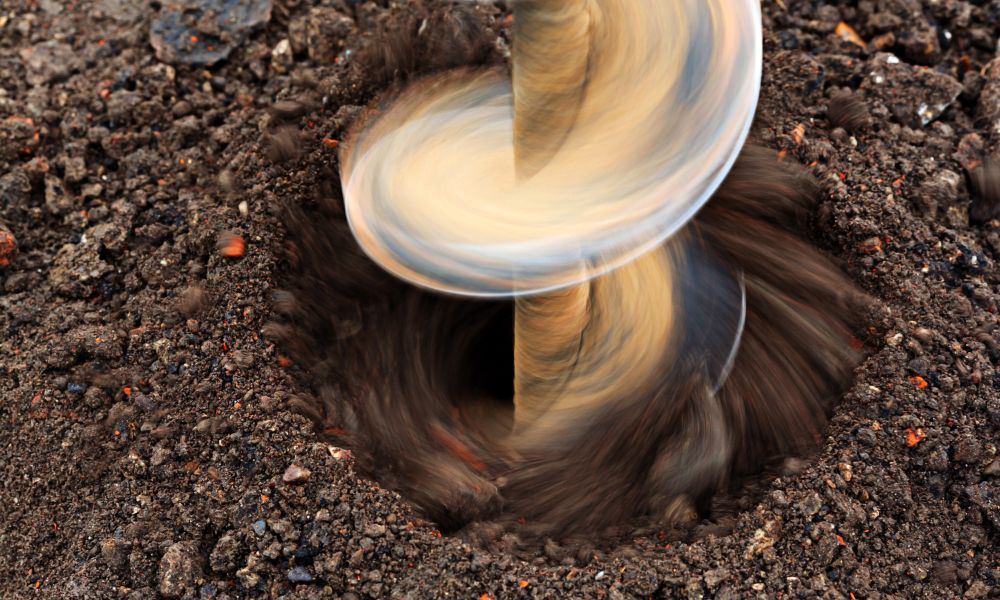Auger flighting is when a manufacturer cold rolls steel into various dimensions for applications on the work site. This component can transport, convey, agitate, and mix materials as you use the auger to bore holes into the earth. Keep reading this article to learn more about the different types of auger flighting you can use to determine which is best for your project.
Helicoid Flighting
Helicoid flighting is a common type used in the production process. This component is formed from one piece of stainless steel or carbon in a continuous helix pattern. Due to the flighting’s low friction and resistance, it’s used for agitating and mixing materials but mainly for transporting soil and debris out of a borehole.
Sectional Flighting
The other common type of flighting used in production is called sectional flighting. It is manufactured with steel plates welded together to form the helix. The main differences from helicoid flighting are the width and weight of the component. Because this flighting is heavier and thicker, it’s used for more abrasive and heavy materials, such as rock and sandstone.
Ribbon Flighting
Another type of auger flighting you can use for applications is ribbon flighting. This component is very similar to sectional flighting. However, the webbing is narrower, and the helix has support legs. This type is best for stickier materials that would otherwise accumulate on other flighting. For example, mud can be frustrating to work with when it clumps up, so an operator might choose to use ribbon flighting to counteract this issue.
Shaftless Flighting
Shaftless flighting has an open center with heavier helicoid flighting that can fit the hole’s diameter and pitch. This component also moves stickier, clumpier materials, just as ribbon flighting, but the configurations are more in line with helicoid flighting. What professionals should know about auger flighting is that it can vary from project to project and the kind of material you’ll be conveying or mixing from a borehole. Shaftless flighting might be best for heavy and sticky materials like clay.
Before drilling a hole into the earth, you could perform a soil test to determine what type of material you’re working with. Doing so will help you decide which auger flighting is best for the job. Use the guide above to become more familiar with the different kinds of flighting you could use on a worksite. What auger flighting do you typically use?





